Media researcher Julia Velkova took the trouble to visit our small studio at Gorno-Altaysk and met the core team members. With this guest-post she is sharing her first impressions and revealing some “behind-the-scenes” of Morevna Project.
This post is about my almost two-week long stay in the city of Gorno-Altaysk in Siberia, Russia. As part of my research on the production of open-source animation films – made with open-source tools and released as commons with sources – I have been trying to figure out the webs of connections between this place in Siberia, free software graphics communities, and Morevna Project. I was curious to see the context of producing an open-source animation film in a place like Gorno-Altaysk and how does this context matter. I wanted also to meet more of the people involved in the production of Morevna Project.
Before coming to Gorno-Altaysk I have been talking a lot to Konstantin Dmitriev online and I have been following his Morevna anime film project and Synfig developments. I knew that the place from where he works is somewhere far away in Russia, and that there are some other people involved. It was however very difficult to get any better of idea of who these people were, and what were their roles only through the accounts of Konstantin – which were surely helpful but not enough neither for me, nor for my research.
So, in the same way as I went to Amsterdam and the Blender Institute earlier this year, I went to Gorno-Altaysk in the beginning of November to learn more.
Gorno-Altaysk is not Amsterdam. Until I actually tried to get there I could not realize how far it was. The trip took 3 days of travel. And, hey, we live in the 21st century and everything is fast – how was this possible? Well, I flew relatively quickly from Stockholm to Novosibirsk – the capital of Siberia, leaving on Monday and arriving on Tuesday morning. Konstantin met me there, and the next day in the evening we boarded the night train to a city called Biysk (Бийск). From there it took another 1:30 hours of bus ride to Gorno-Altaysk on a scenic road built by prisoners deported to Siberia by the soviet regime. We arrived on Thursday morning, at 08 am.
Frosty, and sunny, and squeezed between mountains the city looked cozier than the industrial, humid and highly polluted Novosibirsk. High buildings co-exist with traditional Russian log houses, reminants from the Soviet past reside side by side to a 4d cinema and a mall. The frosty air was saturated with the smell of winter – smoke from the chimneys and stoves running on coal.
A barking dog met us in the log house where Konstantin lives and where we went for breakfast. Konstantin works mostly from home. Entering his workplace, the first thing I noticed was this hand-made stereoscopic screen.
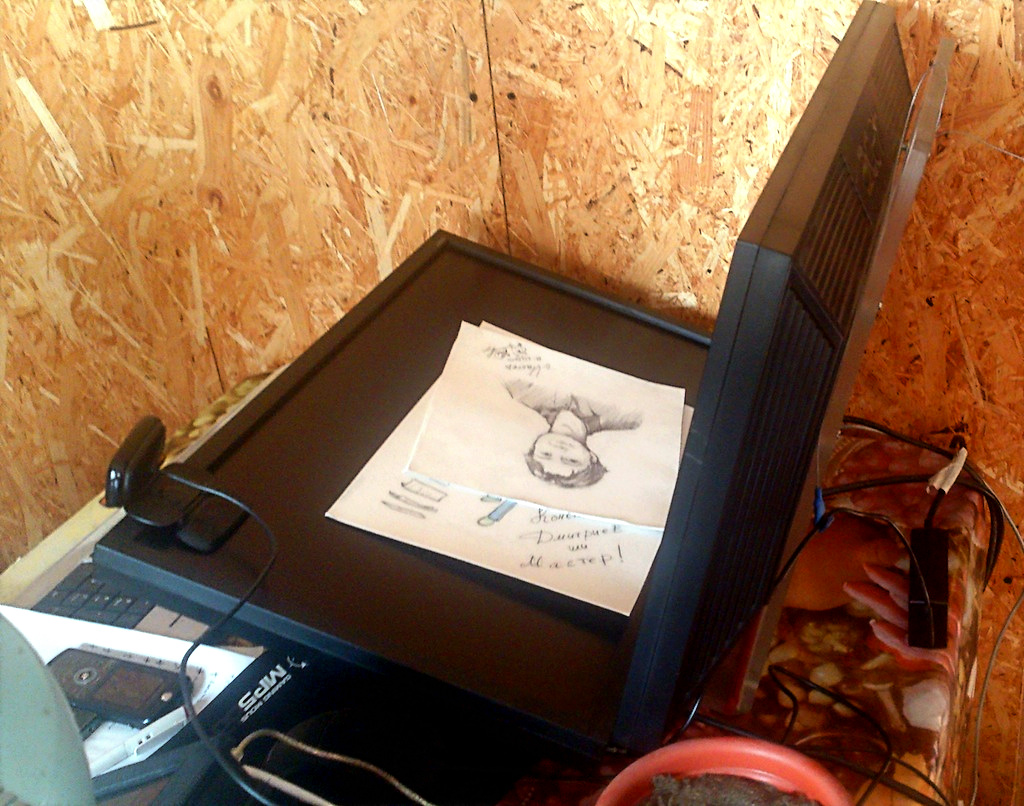
The screen appeared to be fully functional and we got to test it by watching a 20-min stereoscopic 2D/3D animation short made with Synfig, Blender and Krita, which Konstantin has been directing and working on in the past few months for a client from Novosibirsk.
A piece of 2D/3D animated film made for the client:
The project has been an arena for testing and developing open-source software based stereographic animation pipelines by combining Blender, Synfig, and Krita. It has also helped develop new tools to simplify and speed up the animation process, for example by developing RenderChan. Not least, it has been paying the bills at the moment for the three people involved in the project – Konstantin Dmitriev, Nikolai Mamashev and Anastasia Majzhegisheva (Nastya).
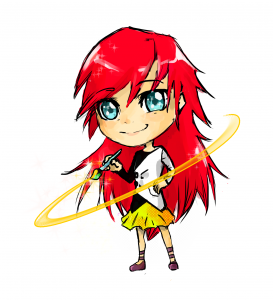
The image of the screen sharing a desk with a Lenovo Thinkpad x220T and a workstation with an 8-core CPU, all running Linux, together with the view of Konstantin cutting and moving sound and animation with a Wacom pen on his screen recalled in my mind the image of David Revoy’s techie sculpture made of Cintiq and Linux. I get reminded of the connections between tools, open-source software and graphics that integrate into people’s whole lifestyle.
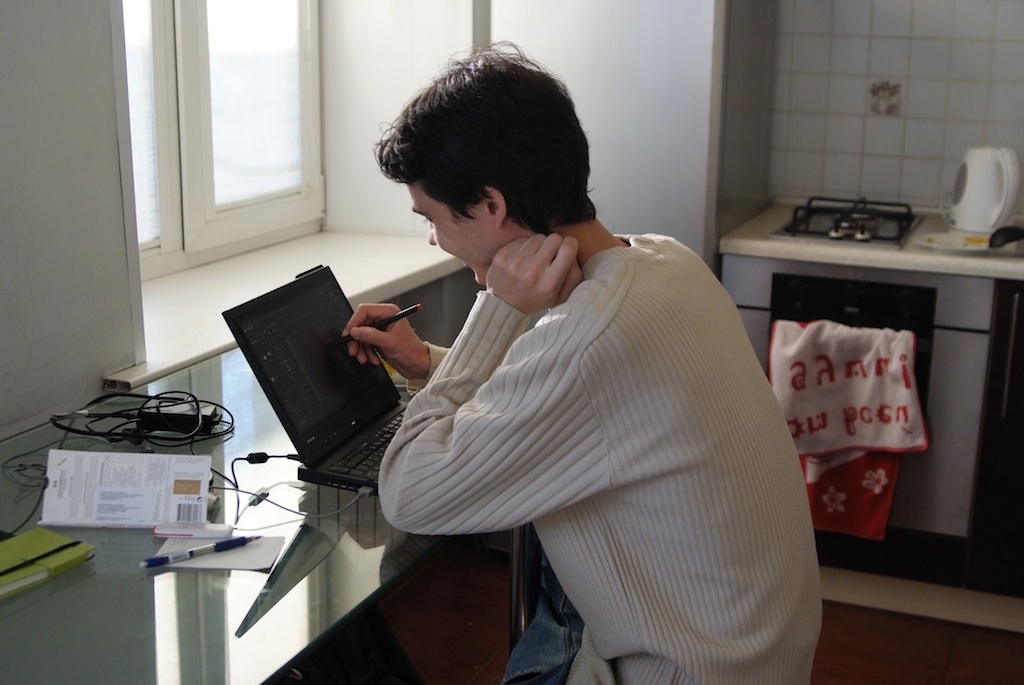
I soon notice several things. Besides the stereoscopic animation for a client, Konstantin works also on a new website for Morevna Project; coordinates Synfig’s development with developer Ivan Mahonin; and teaches twice a week free animation classes to teenagers in the premises of a small local extracurriculum art school. The teaching is in fact shared with Nikolai Mamashev, the art director of the Morevna film demo. I start wondering how does this all relate to Morevna Project and its production – the object of my initial interest and reason to come here. It also brings up an even bigger question – what exactly is Morevna Project now? I mean – after all, it completed its first goal to make a demo film in 2012, but since then there has not been new animation produced. Instead, there have been appearing fan artworks drawn by Nastya; a Synfig training course; and improvements on Synfig’s code primarily done by Ivan Mahonin who has been working on and off on coding (in dependence of how the Synfig donations were developing).
I meet Nastya. She is 15, and she is local. In fact, everyone is local, and I am one of the very few foreigners and non-locals currently in town. Nastya tells me about her passion for drawing, animé and falling in love with Krita: “It was magic – to draw with a pen on a tablet. And later, when I tried Krita, we became soulmates”. This friendship has recently led her to a move from Windows to Linux for the sake of stability and better functionality of her drawing tools which she seems to use intensively. She names four different animation short projects in which she is involved as artist among which Morevna, and ‘Neighbour from Hell’, a short on which she works as an artist with two more girls in the animation classes led by Konstantin and Nikolai.
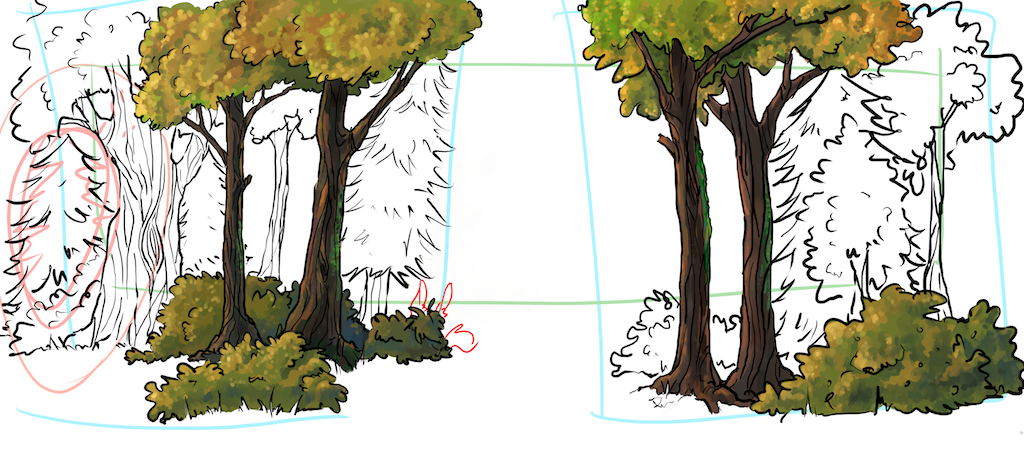
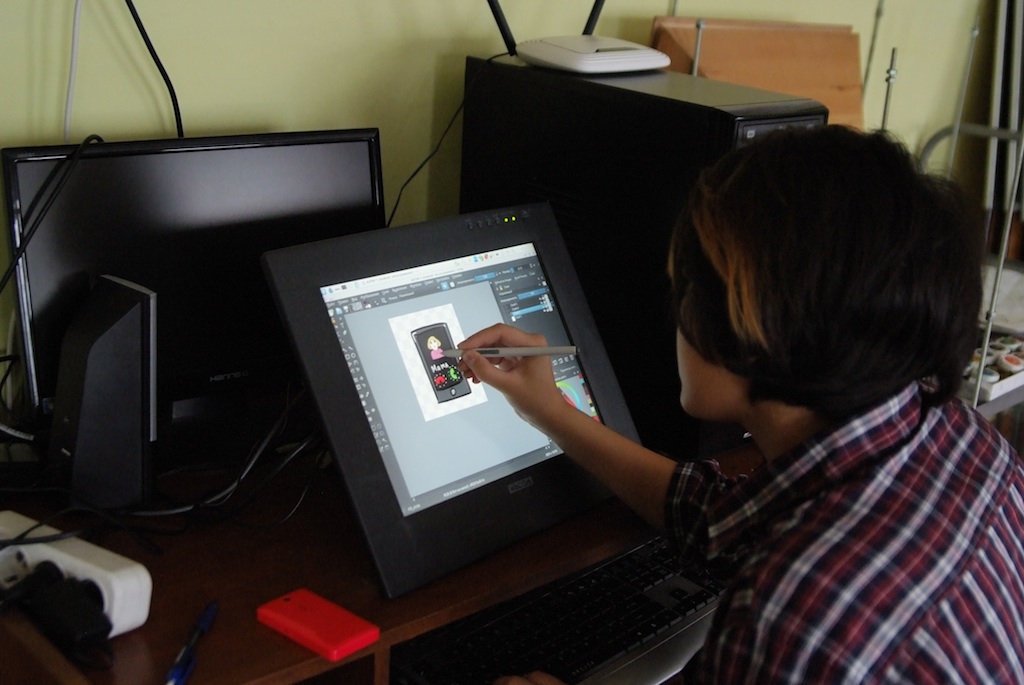
Below are two scenes from ‘Neighbour from Hell’ – the short for which Nastya draws the tree background.
Artwork: Anastasia (Nastya) Majzhegisheva.
Animation: Tamara (Toma) Hudyakova, Anastasia Popova.
I get to visit twice the animation classes during my stay. They take place in an ad-hoc studio at the premises of the local art school Adamant. In a room that has to be reconfigured every time and where any equipment of value is kept in a safe the first thing I see is a first generation Wacom Cintiq, representing the working place of Nastya. ‘Chinese animation studios sell off old equipment and, so we managed to get it for $300′, explains Konstantin. This is one of the two drawing tablets of this type that the students have, and the attempts of Nastya to draw on one of them in Krita in high-resolution quickly gets in conflict with the low amount of memory available on the connected workstation. At the moment the art school and Konstantin have no resources to fix this, and in the same time nobody in the area seems to be able to understand the importance of helping out with improving things. The art school lacks Internet too – another underprioritised and underfunded thing. This is of course sad considering that Konstantin’s classes represent the only animation school in town and in the whole nearby region. They are also probably the only ones in Siberia that teach only open-source software based pipelines.
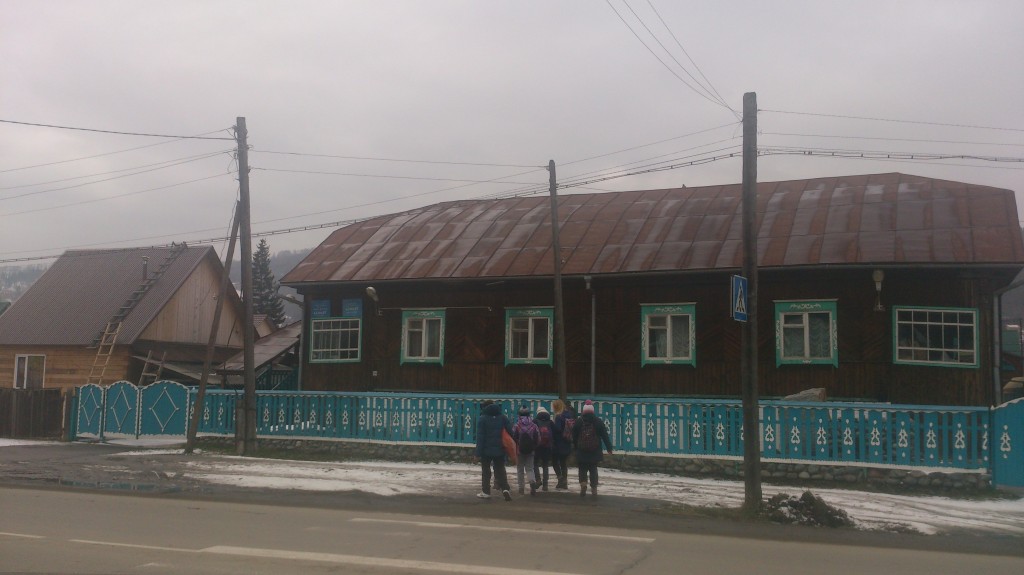
Gradually, six students, all teenagers start arriving with their own laptops of all sorts of budget brands, most of which assembled and produced in Russia. Some have also drawing tablets – anything from a 2001 Wacom Graphire, to relatively new Wacom Bamboo pads. I overhear the following conversation:
A student, Tamara, shows her new drawing – a horse with a rider.
Vika: Did you draw him in Krita?
T: No, in GIMP.
V: I try to draw in Photoshop but I find it very complicated.
T: Well, this is why I draw in Gimp. I did not manage either well with Photoshop.
V: Can I see some more of your work?
Tamara shows her more drawings explaining:
I did this in Photoshop, this in Gimp, this in MyPaint.
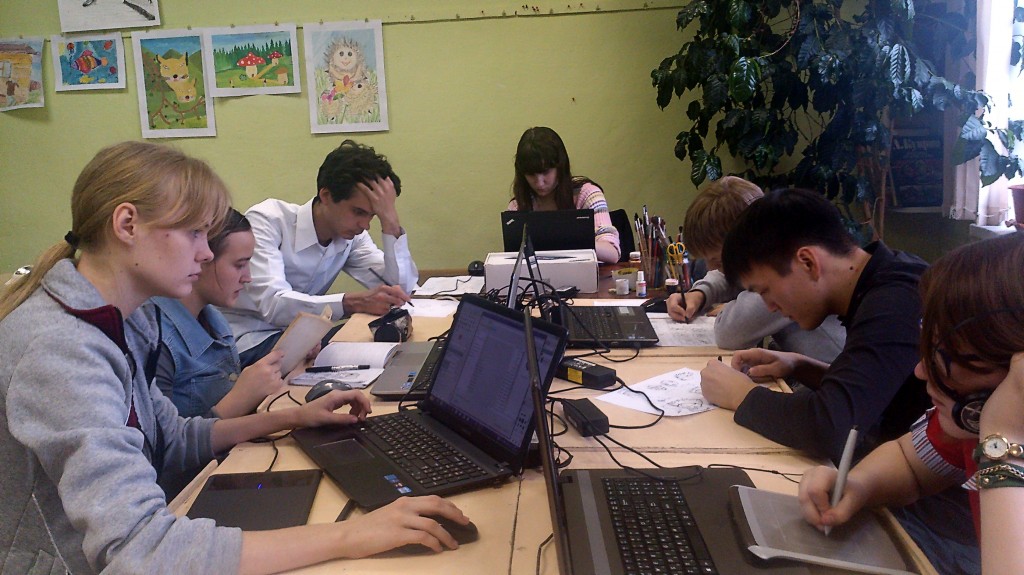
Many of the students use Krita, Gimp and MyPaint for drawing in various combinations depending on the tasks. The students animate in Synfig which helps Konstantin and Nikolay to test new functions and discover bugs. Here is a little preview of the different projects they currently work on:
Sample scene by Anna Erogova:
Artwork and animation by Anna Erogova (16 years old).
Made in Synfig and MyPaint.
Poet and Robber (sample scenes):
Artwork and animation by Igor Sidorov (13 years old).
Made in Synfig, MyPaint and Gimp.
Dolls and Rain (animation sample):
Artwork and animation by Vika Popova (16 years old).
Made in Synfig, and Krita.
Neighbour from Hell (sample scene 1):
Artwork: Anastasia (Nastya) Majzhegisheva (15 years old).
Animation: Tamara Hudyakova (19 years old).
Made in Synfig, Krita, Gimp and MyPaint.
Neighbour from Hell (sample scene 2):
Artwork: Anastasia (Nastya) Majzhegisheva (15 years old).
Animation: Anastasia Popova (19 years old).
FX: Anastasia Majzhegisheva.
Made in Synfig, Krita, Gimp and MyPaint.
At some moment I realize that everyone in the studio, including Konstantin and Nikolai, are passionate animé fans. And while the start of this passion has been different for everyone, in the end they have all been attracted by the specificity and peculiarity of the genre. As Nikolai describes it, ‘It is very different. It is perceived very differently. It is like food. Imagine that you usually eat one thing, but one day you get to try a totally different food that you can not comprehend at all – Chinese, Japanese, something spicy, specific that you can not understand at all. Then you are – wow, what is this? It was like that with animé for me. I was very impressed.’
The students in class are so obsessed by anime that they draw it, breath it, live it in every minute of their lives. They tell me that it is their way to experience life and learn about life, and in the same time it is their life. They say: it is unconventional. It has psychology, and pedagogy. They compete to tell me stories of uncontrollable inspiration which can come while writing a school exam when they start drawing on the exam sheet which they can not bring home. It is the animé passion that has brought them all to animation and to Konstantin’s studio and classes.
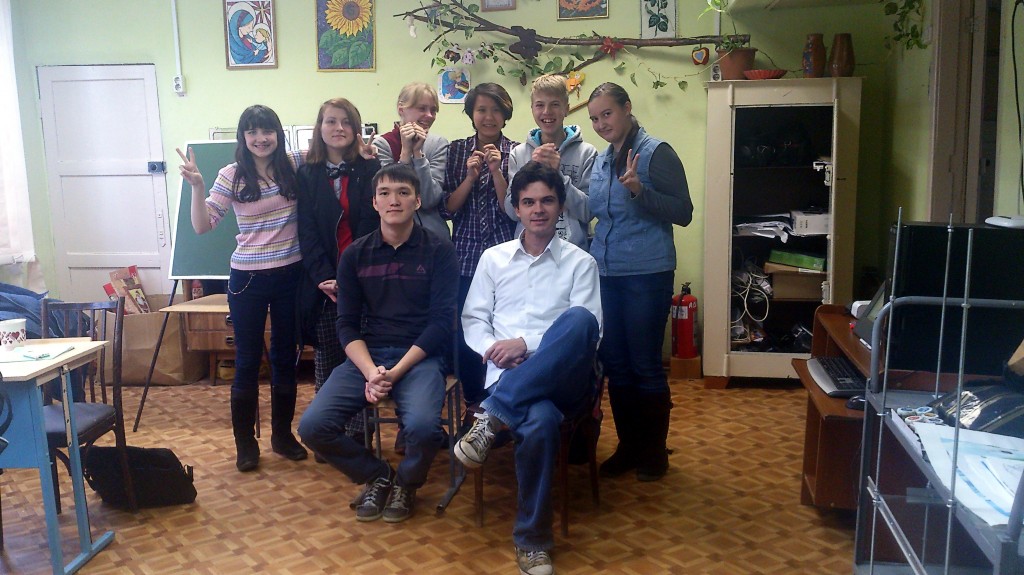
This suddenly helps me connect the pieces and see better what Morevna project is. It is a fruit born in this passion for animé which has sprawled beyond the mere consumption of it, and pushed Konstantin into making something more. Morevna project is the dream and the project of making a particular animé film which fills many local people’s lives with meaning. It is the dream of making a feature animation film which integrates the strong fandom to the animé genre with the local Russian culture through the script based on a folk tale many people in Russia knows.
Inspired by the example set by the Blender Institute, Konstantin has been trying to establish a similar environment but focused on 2D animation/anime film development. Open-source graphics instruments – primarily Synfig, but also Blender, Krita, Gimp, MyPaint and Pencil have therefore provided the logical solution for how to realize this idea in a reality where many people can not afford to buy high-class drawing tablets, branded computers or expensive mobile phones. In the same time, open-source tools have given the freedom of adapting the tools, developing them for the specifics of 2D-animation production pipelines and have given the freedom for creative expression.
The animation classes transfer the knowledge on working with open-source graphics instruments locally and help create some of the future contributors to the project. This knowledge, and daily work with Synfig drives the development of new features, and expands the community of Synfig users. What I realized during my two-week stay in Gorno-Altaysk is that Morevna Project is a framework – it is a film project which represents a driving force for creating an environment and pipelines for 2D open-source animation which has driven the substantial development of Synfig in the last years. It is also a channel that transforms consumption and fandom into a culture of making; and a place for experimenting with models of sharing in which tools, artwork, and knowledge get created. And similarly to the spirit in which the things are done in the Blender Institute, what keeps ideas and projects developing is the wish for making things, and the fascination to the magic of animation – a will of such strength that slowly pushes things through despite the (still) smaller scale, and limitations of the local and national context in which they are made.
During my stay I met many people, and had the opportunity to record many hours of interviews and personal histories about animé, animation and open-source tools. This has been an invaluable experience to understand better the spectrum of similarities and differences of the different environments and specifics of open-source based animation production, and the nature of the graphics communities wrapped around these projects. In conclusion I want to say a big ‘thank you!’ to Konstantin, Nikolay, Nastya Majzhegisheva, Igor Dmitriev, Ivan Mahonin, Toma Hudyakova, Nastya Popova, Vika Popova and Anna Erogova for the opportunity to meet you and get to know a little piece of your world.
I would also like to share here one of the interviews (in Russian) – with Morevna Project’s artist Nikolai Mamashev who tells about his daily work with animation, Morevna project, anime, open source software, Blender, and Synfig. Enjoy listening!
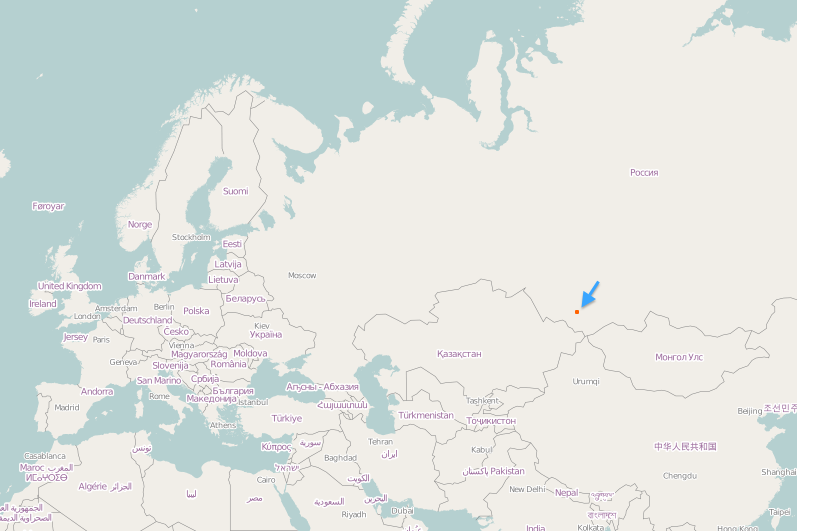
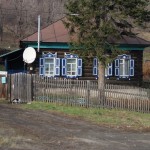
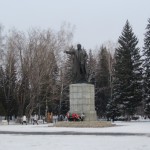

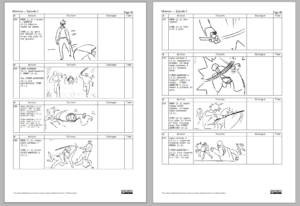
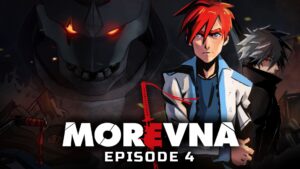


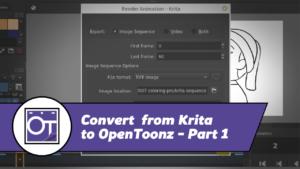

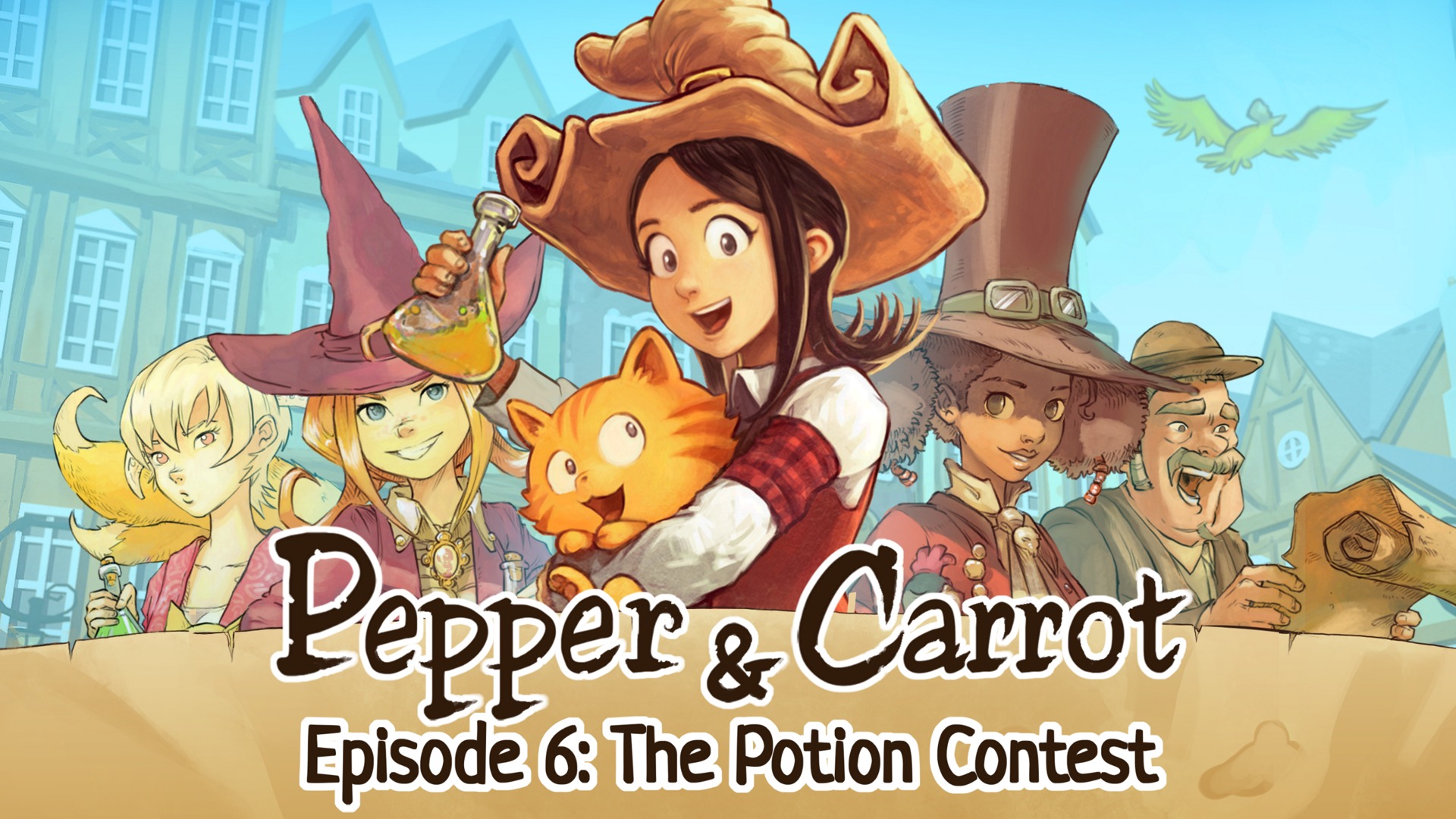
4 Responses
Really doing great work ….
i am INSPIRED…